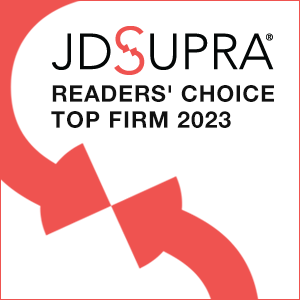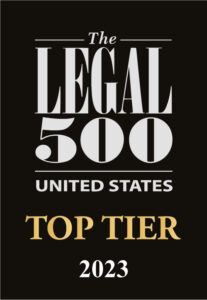We are thrilled to share that Diann Smith has been selected to receive the NYU School of Professional Studies Paul H. Frankel Award for Outstanding Achievement in State and Local Taxation. Established in 2002 to honor Paul H. Frankel – widely regarded as “the godfather of state and local taxation” – this award is presented annually to individuals who have made exceptional and lasting contributions to the state and local tax (SALT) profession.
Diann received the award on December 8, 2025, during the NYU SPS Institute on State and Local Taxation Conference. She is the second McDermott Will & Schulte lawyer to receive the award, following retired New York partner, Peter Faber (2014). With the award, Diann joins a short list of 23 distinguished individuals who have made a permanent mark on the SALT landscape.
Diann’s career accomplishments in SALT and unclaimed property law are widely recognized as having solved some of the most difficult client-facing problems and for advancing the law on the tax policy front. She has spent her career defending against unconstitutional action by governments and advocating for fair and reliable administration of the laws. She is known for her emphatic and informed defense of taxpayers and her appetite to educate and mentor tax practitioners. She previously served as general counsel for the Council On State Taxation, where she played a pivotal role in addressing nearly every major SALT issue impacting multistate businesses. She was also an adjunct professor at Georgetown University Law Center for the LLM in Taxation program and has contributed extensively to the profession through regular publications and by speaking at schools and conferences.
Diann’s role at McDermott Will & Schulte has been called “our big brain” by Partner Stephen Kranz. He describes her as the firm’s secret artificial intelligence model: “You can feed Diann a question about anything SALT and watch as her mind churns out an incredible analysis reflecting the nation’s SALT history and state of the law.” She is based in the firm’s Washington, DC, office but spent nearly a decade in New York City. She loves SALT almost as much as she loves her cats.
Please join us in congratulating Diann on this outstanding achievement!






